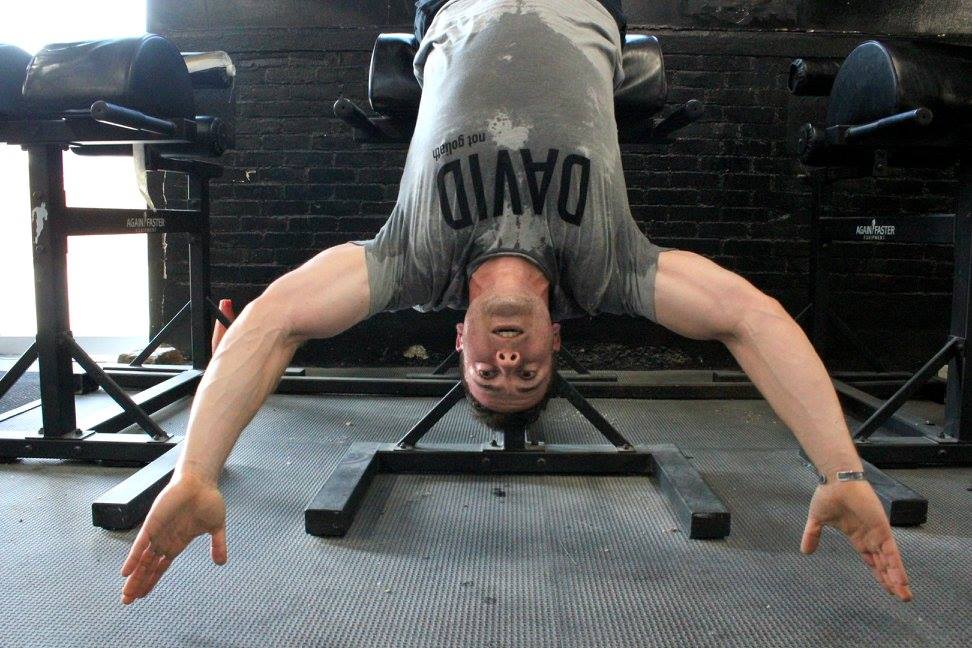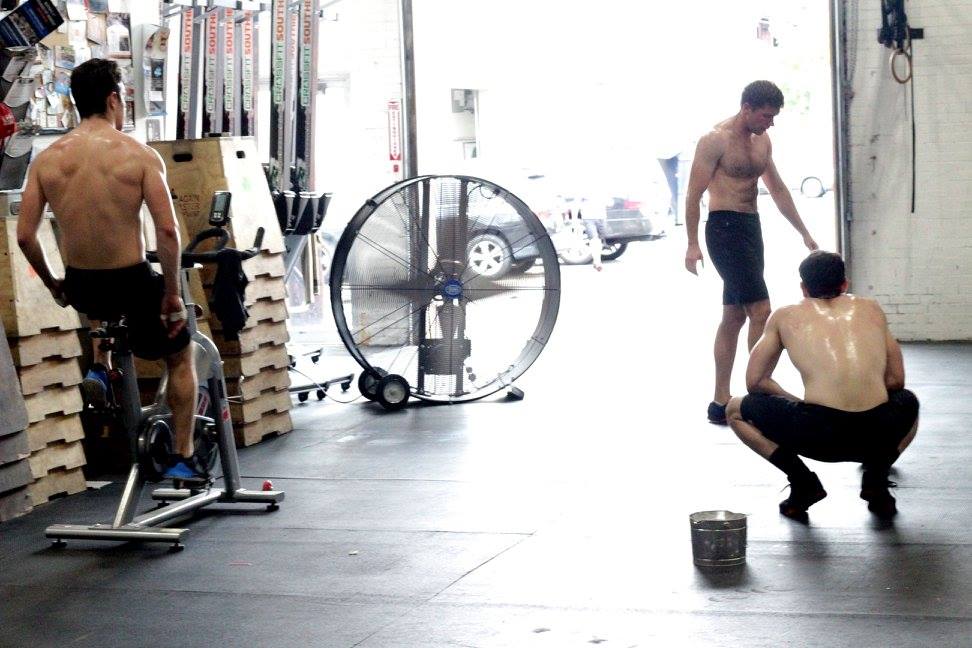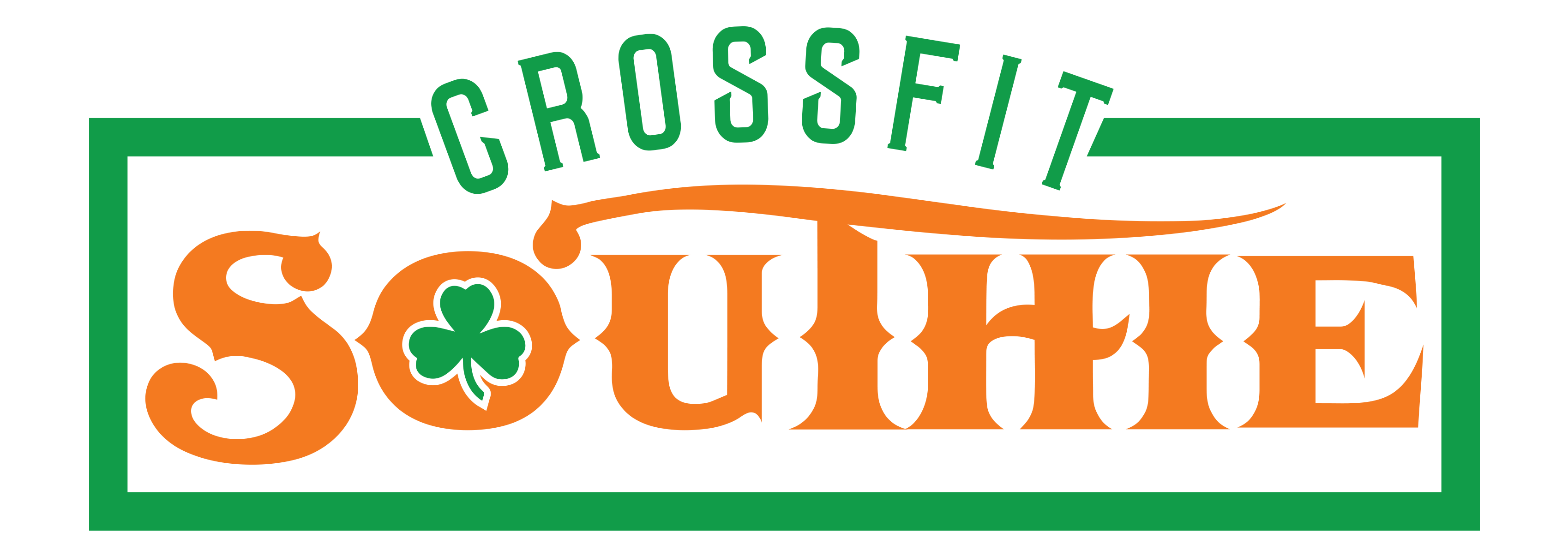
An Athlete’s Guide to Hydration
Guest Post from CFS Coach, Registered Dietitian and Sports Nutritionist Michelle Boutet! For More Information on Michelle’s Background and helpful Nutrition articles visit her website Fuel 2 Live HERE!
During prolonged, intense exercise, it is important to replace the fluid and minerals lost in sweat – especially on hot and humid days. The proper amount for rehydration will depend on intensity, and duration. For exercise that is very intense, leaves you drenched in sweat, or is an hour or longer and/or in extreme heat, water alone often is not enough. Rehydrating with large volumes of plain water can cause dangerously low sodium levels in the blood (hyponatremia). Reduce the risk of fluid-electrolyte imbalances with proper hydration by incorporating more salt in your diet, and/or by adding electrolytes. Below are guidelines for how much water to drink to optimize performance and improve recovery.

When How much
Pre-workout 2 to 3 hours before: 16 oz. (about 1 water bottle); 15 mins before: 8 oz.
During 4 oz. of fluid every 15-20 mins (2 to 3 large gulps)
Post-workout 16 to 20 oz. of fluid for every lb lost (1 to 1.5 water bottles per lb lost)
**This is in addition to drinking during the day
Goals of proper hydration:
– Aim to drink at least half your body weight in water throughout the day (increase on hot and humid days). Ex: 130 lbs. athlete 65 oz. water
– Start workouts in a hydrated state
– Maintain hydration throughout workouts
– Maximize performance
– Improve ability to recover quickly
– Minimize injury and muscle cramps
Consequences of dehydration:
– Performance declines with as little as 2 to 3 percent decrease in body weight from water (sweat) loss
– Increased core temperature and heart rate
– Decreased blood pressure
– Nausea and vomiting
– General feeling of fatigue
– Headaches
– Muscle cramps

Hydration Tips:
1. Monitor your urine color. Clear to pale yellow (lemonade color) usually means you are hydrated.
2. Fruits and veggies are made mostly of water and are an easy way to increase your fluid intake. Plus, you get the bonus of vitamins and minerals!
3. Weigh yourself before and after a workout to determine how much water/sweat you lost.
4. On hot days or before a grueling workout, don’t be afraid to eat saltier foods or add salt to cooked meals throughout the day. Replace fluid loss post-workout with watery foods that contain salt, such as broth-based soups or vegetable juice. (You can cook meats, rice, or veggies in broth for an easy way to increase your salt intake).
5. Other sources of water: popsicles, smoothies, juice, coconut water, sports drinks, and tea/coffee. Just watch extra calories.
6. Carry a water bottle so you drink water throughout the day.
7. Add an electrolyte tab, such as NUUN to your water post-workout for a quick way to rehydrate.
to help meet your hydration
needs. Plus, they have lots of
Warm-up
Partner Up!
P1- Row 500m
P2- T-Spine Rolling
Switch
Mobility
Calves & Ankles
Strength
20 Minute 1RM Snatch Progression
E2MOM
3 @ 70%
3 @ 75%
2 @ 80%
2 @ 80%
2 @ 85%
1 @ 90%
1 @ 95%
1 @ 95-100% (depending on how 95% went)
1 @ 100%
1 @ 102%
WOD (16 minutes)
At 0:00
2000m Row
At 11:00
1000m Row
Coaches Note: 2000m Row should be a committed effort for time. The 1000m while also a committed effort is expected to be submaximal following the 2k
Extra Work
21-15-9 DB Snatch (50/35) Handstand Push Up
